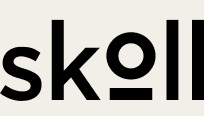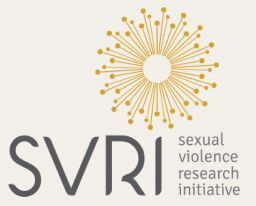Estadão Verifica is the fact-checking arm of O Estado de S. Paulo, one of Brazil’s largest newspapers. Established in 2018, Estadão Verifica became International Fact Checking Network (IFCN) certified in 2019. In this blogpost, Alessandra Monnerat, Assistant Editor of Estadão Verifica, speaks about the misinformation problem in Brazil, Estadão Verifica’s strategies to combat misinformation and their expectations about the presidential election in 2022.
1. When and how did Estadão Verifica come about?
Estadão is a centennial newspaper, founded in 1875. Estadão Verifica was created in 2018, as one of the newspaper’s projects for the general elections. It was a crucial moment to start our work, because in that electoral period the issue of disinformation was very decisive.Our editor, Daniel Bramatti, also coordinated Estadão Dados (our data journalism sector). As president of the Brazilian Association of Investigative Journalism (Abraji) at the time, he was also involved with the creation of Projeto Comprova, a coalition of press outlets across the country to combat misinformation on social media. Already in our first year of existence we learned a lot in the rush of the elections, and we learned many lessons from the collaborative work with Comprova. Estadão Verifica started with three people on the team and today we are eight.
2. How big of a problem is misinformation in the Brazilian context? What are the major sources and platforms of misinformation in the country?
It is definitely a huge problem. I think that our challenge became even more evident during the pandemic, when misinformation about COVID-19 spread very quickly, especially by members of the government, the Minister of Health, and the President of the Republic. It has been very dramatic for us, fact checkers and journalists, because we have the feeling that false information can cost people their lives. Recently, President Bolsonaro has been trying to pass legislation to make moderating disinformation on social networks more difficult. He argues that he defends freedom of expression on these platforms. So we are facing an enormous challenge as disinformation is institutionalized in the figure of the highest office in the country.
3. Please explain Estadão’s approach to address misinformation in Brazil and the challenges you face in your work.
Our main motto is to prioritize content that could harm individuals or groups. So during the pandemic we have put a lot of emphasis on combating misinformation about health, COVID-19, and vaccines. One of the challenges of doing this is that information about COVID-19 changes rapidly. We always search for the most up-to-date information, but this can be difficult, especially considering that the Ministry of Health under the Bolsonaro government has not been our primary source of information. We have to rely on experts and other alternative sources. But if I have to define the main challenge for us, it would be simply the sheer volume of content we have to fact check. Unfortunately, we can’t respond to all the false information circulating online.
4. You run a WhatsApp tipline for users to send verification requests. How important is it to your fact-check work?. How have you been promoting the tiplines to reach more people?
It is very important! As I said in the previous answer, the volume of misinformation circulating online is staggering. That’s why it’s very valuable to know what topics our readers have been questioning themselves about. Often, it is through WhatsApp that we find content to fact check that we had not noticed in our social media monitoring. We receive many messages from readers – Estadão is a well-established press outlet in Brazil, and our WhatsApp number is promoted on the newspaper’s networks. We do a weekly action on Instagram stories, a quiz with the main hoaxes of the week, made by our reporter Pedro Prata. All this makes people engage with us a lot. Unfortunately, we can’t answer all the messages, but they are all very important to us.
5. How have you been using Check in managing your fact-checking work and workflow? What more do you expect Check to do?
When we started in 2018, we had a tipline which we handled in a very manual way. We kept a spreadsheet to control what came in and a document with our most frequent replies. We were answering the readers little by little. By the end of the elections, we had received 107,000 messages. It was always quite complicated to do this work, not only because of the volume of messages, but also because we were often exposed to sensitive, explicit, and violent content. With Check it is much easier to organize the messages we receive, to check what arrives more frequently, to filter by type of content or keyword, to answer multiple people at once. We are always talking to the Meedan team to see how we can better serve our readers, better answer the questions they send us and make the experience with our tipline more fruitful.
6. What are your expectations about the presidential election in 2022? How are you preparing for it? Could you share misinformation trends that are already developing or ones you can foresee?
We are getting ready for another troubled year in a string of troubled years. Unfortunately, the political climate in our country is quite tumultuous. The president has been spreading a lot of false information about our voting system. He even made a live broadcast showing "proof" of fraud in the voting machines – echoing old hoaxes that circulated on social networks. So our expectation is that content that casts doubt on the integrity of the electoral process will continue to be viral. The Superior Electoral Court (TSE), the body that oversees Brazil’s elections, has been reaching out more to the checkers for cooperation, which is positive. But our expectation is that it is going to be a very challenging election.
We collaborated with 53 partner organizations worldwide to design and carry out our 2024 elections projects. We extend special gratitude to our lead partners in Brazil, Mexico and Pakistan, whose work we highlight in this essay.
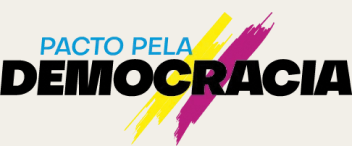
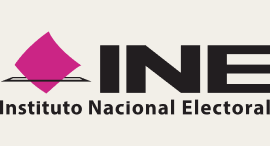
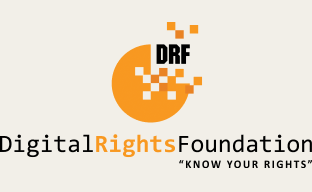
The 2024 elections projects featured in here would not have been possible without the generous support of these funders.
